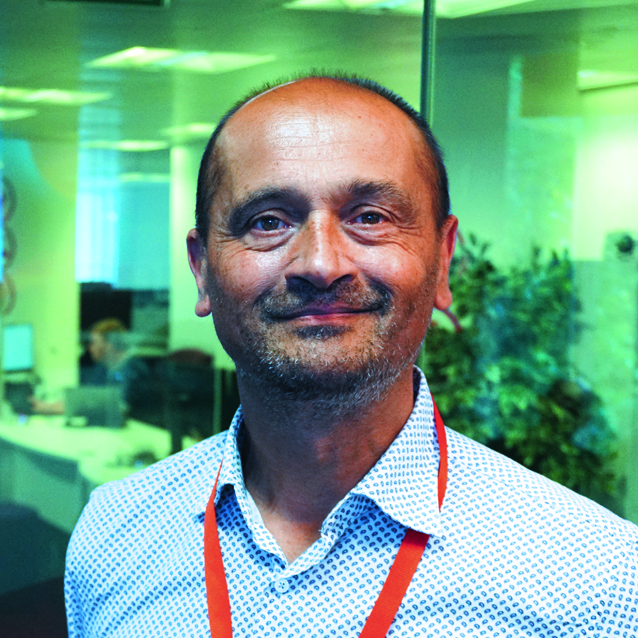
Ray Algar / photo: Ray Algar
In April, I was excited to publish research – co-authored with Professor Les Mayhew, associate head of global research at the International Longevity Centre (ILC) – that increases our understanding of exercise and life expectancy.
It explores an intriguing question: do Commonwealth Games medallists live longer than their general population counterparts? We know athletes dedicate years to training, but does this translate into a longevity boost?
We analysed the lives of 4,000 male and female medallists covering 88 years of data, going back to the first Commonwealth Games in 1930 and discovered significant boosts – for example, 29 per cent in male swimmers and divers – equating to 5.3 extra years of life – and 25 per cent in male track athletes.
Weightlifters also showed a 24 per cent gain which translates to around 4.5 extra years of life, while female competitors across a range of sports experienced a 22 per cent increase, equating to 3.9 extra years of life.
Although we didn’t attempt to explain what was driving this, other studies have shown athletes are better protected from cardiovascular diseases, some cancers and respiratory diseases.
How can the global fitness industry use and message the results of this and other exercise-related longevity research? The exciting takeaway is that general population exercise studies, such as Generation 100, also discovered a boost – especially with higher intensity exercise (www.hcmmag.com/Generation100).
The clear message is that structured exercise and everyday physical activity are not only good for health but also for a longer life. The industry has a vital role to play in translating these findings into practice and encouraging more people to embrace physical activity. This is a powerful message at a time when the industry is seeking ways to articulate and amplify its impact.
As more consumers, employees, suppliers and investors seek mission-first, purposeful organisations to associate with, it’s rewarding to know organisations across the entire industry ecosystem are promoting this remarkable ‘product’ with such an effective ‘active ingredient.’
The other important message in this research is that there is no one-size-fits-all approach; different activities can have similar benefits, so everyone is free to choose the ones they identify with and enjoy.
This is a powerful
message at a time when
the industry is seeking
ways to articulate and
amplify its impact